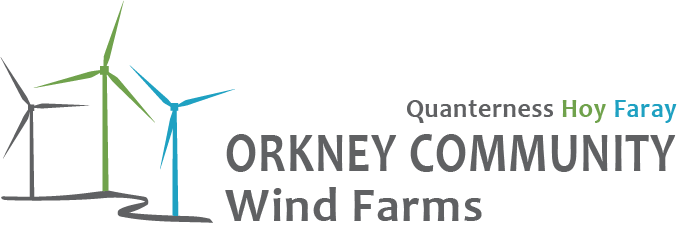It’s estimated that Orkney Community Wind Farms will generate up to £5.5 million profit per year for Orkney. Over the 25-year lifespan of the project, that equates to nearly £138 million.
When we talk about profit, this is the sum of money the Council will receive after all repayments are made including construction costs, grid payments, operational costs, loans, interest, taxes, fees and community benefit payments.
The projected costs for the procurement of turbines and construction for all three sites will be around £110 million.
To clarify any doubt, the £138 million is the profit that Orkney will gain after paying off the £110 million.
It will come as no surprise to anyone that Orkney Islands Council has been facing financial challenges for years. There have been major cuts from the Scottish Government while at the same time the costs to run essential services continues to rise.
OIC must find ways to tackle these twin challenges and bring more income into Orkney. Orkney Community Wind Farms, if approved by Elected Members next year, will provide a large funding stream for the Council each year that will help us to continue to preserve and enhance our services.
You may have heard us refer to the ‘community fund’. This is the £5.5 million annual profit mentioned earlier. Decisions will be made in the future by Councillors as to how that income will be utilised for the betterment of the Orkney community. As the revenue is coming to the Council who provide the vital local services, all communities across Orkney will benefit from this fund.
OIC will remain the sole owner of the wind farms so that 100% of the profits will stay in Orkney. This means that by being Council owned, there will be four times more benefit to the Orkney economy rather than if they were privately owned.
There is also the ‘location-specific Community Benefit Fund’ that will provide a £432,000 annual payment to local communities. This money will go directly to communities where they will be able to develop projects that best meet the needs of their own areas.
